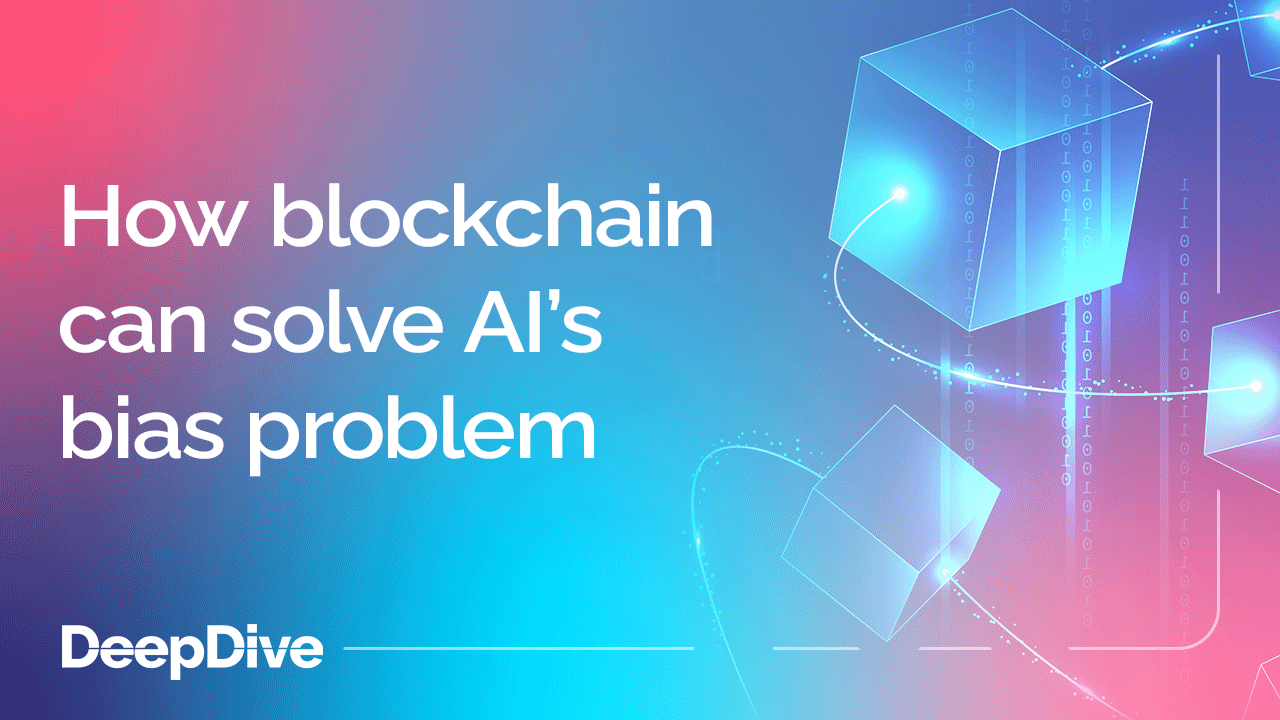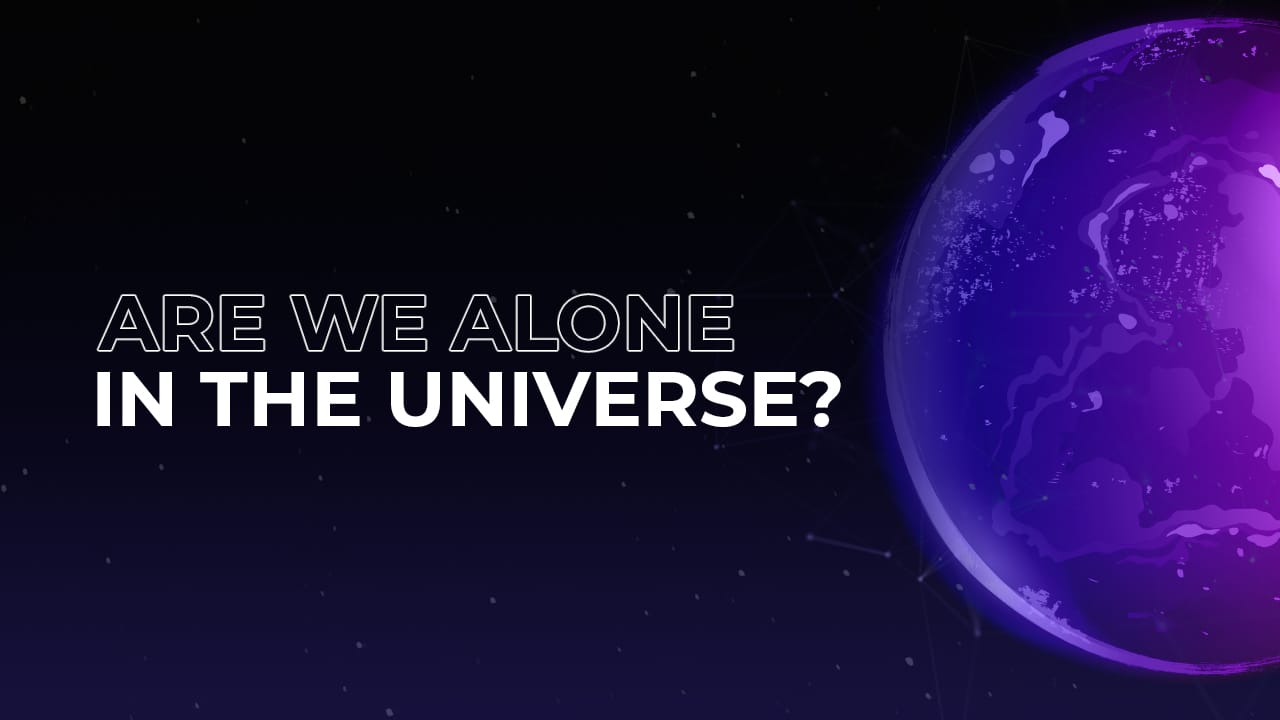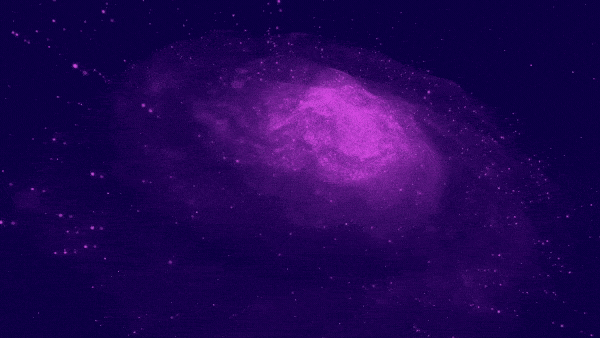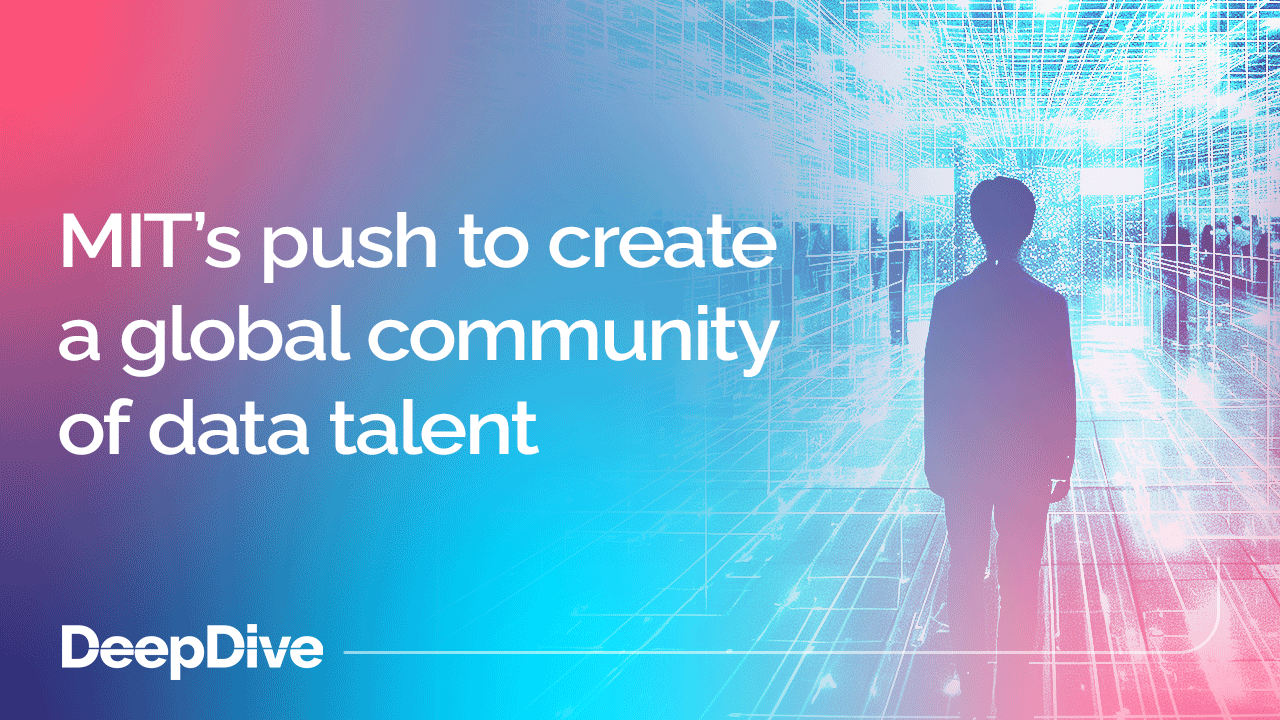

Are we alone in the universe?

Welcome to the 282 new techies who have joined us since last Friday. If you haven’t already, subscribe and join our community in receiving weekly tech insights, updates, and interviews with industry experts straight to your inbox.
This week we’re quoting Bill Diamond (President and CEO at the SETI Institute)
What Diamond said:
“Space exploration and space and Earth science are not only important for what they contribute to our understanding of the natural world and our place in the cosmos. They engage human curiosity and invoke a sense of wonder.”
The SETI Institute has certainly invoked wonder
SETI stands for Search for Extraterrestrial Intelligence. The institute was incorporated in 1984, with Thomas Pierson (CEO) and Jill Tarter (SETI scientist) as its inaugural officers.
It was the result of discussions about driving more research into extraterrestrial life and maximising the funding dedicated to that research.
Over the years since, the SETI Institute’s Trustees have included well-known figures and Nobel Prize winners – like Carl Sagan, Lew Platt, Baruch Blumberg and Charles Townes. In 2023, the institute received USD $200 million in funding to help expand its research capacity.
And the research undertaken by SETI scientists has been far-reaching and definitely wonder-invoking. Ultimately, the institute’s experiments and research projects are all searching for proof of intelligent beings in star systems other than our own.
And it has a knack for bringing people together
Something we love about the SETI Institute is its knack for bringing people together in collaborative research projects that defy the limits of technology at any given time.
In the late 1980s, a project called SERENDIP (based at the University of California, Berkeley) attempted to identify extraterrestrial detections by piggybacking on the astronomical observations made by existing large radio telescopes.
Initially, the project processed data in real-time; but there was too much data to handle, so Berkeley started archiving it and using computer algorithms to search through it.
Still, there was too much data to be processed using existing supercomputers. So data scientist Dan Werthimer, along with a team of three other engineers, devised a program that allowed home computers to assist with sorting through the data.
This program launched in 1999 and ran until 2020. Called SETI@home, it used open-source software, BOINC, which is still used for other projects today.
Over 5.2 million people participated in SETI@home – donating their spare home computing power to support the search for intelligent life. It’s a very beautiful example of the power of collective curiosity.

Leveraging people-power continues across projects
Today, the institute is still engaging a wide community of curious minds (and their at-home tech) to elevate its research projects.
A current citizen science partnership called Unistellar, for example, is asking individuals to use their eVscopes (mass-market digital telescopes, small enough to fit in a backpack) to collect data that helps SETI scientists understand space better.
With more than 8,000 eVscope users around the world, observations so far have included:
- Exoplanets
- Asteroids
- Asteroid redirection impact
- Comets
- Transient astronomical events such as supernovae
Observations gathered through the Unistellar network have been used by SETI scientists within peer-reviewed articles in leading scientific journals – and they often include citizen scientists as co-authors. If you’re interested, you can find a list of those published articles here.
Is collaborative science the future?
Today, more people than ever before have access to computer power in the palms of their hands. And individuals and organisations also use a wide range of IoT devices – from weather sensors to dashcams, we have all become constant data-gatherers.
So perhaps in the future, more science research projects will follow in the SETI Institute’s footsteps and tap into the power of collective curiosity. With emerging technologies, every one of us has the potential to become a citizen scientist; and collaboration could be key to understanding our environment and outer space.
Read our interview with Bill Diamond: Telescopes and humpback whales - a search for the meaning of life
Have an idea for a topic you'd like us to cover? We're eager to hear it! Drop us a message and share your thoughts.
Catch you next week,
Richard McKeon
Group Marketing Director
Mark your calendars for 📅 10-13 February 2025.





